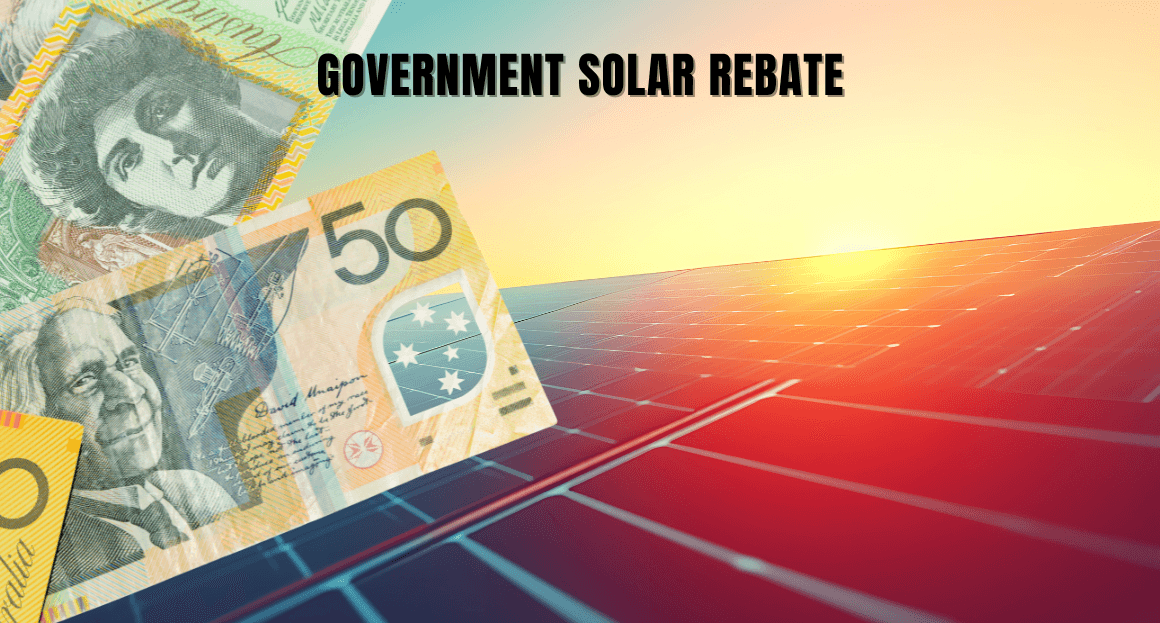
 Solar
Solar 
Every week, we talk to homeowners and small business owners across Victoria who say the exact same thing:
“It’s too expensive right now.”
“We rent; our landlord won’t allow it.”
“We’re in a strata building — it’s complicated.”
The truth is, the government solar rebate system was actually designed to help overcome these barriers. There’s still a lot of confusion about how government solar rebates work. The federal and state programs are still offering thousands in savings for installing solar and battery systems in 2025–26.
If you live or operate a business in Victoria, you’re sitting right at the sweet spot of three overlapping rebate streams: The federal Small-scale Renewable Energy Scheme (SRES), The Solar Victoria rebate program, designed for households electrifying under the state’s clean energy roadmap and the Victorian Energy Upgrades (VEU) program now extended to include Commercial & Industrial (C&I) solar from September 2025.
Together, they form the backbone of the government solar rebate system, and yet, most people only claim part of what they’re entitled to.
This article breaks it all down: how STCs are calculated, how the VEU’s new commercial solar activity works, and why the fall in feed-in tariffs actually makes batteries more valuable for Victorians today.
Small-Scale Technology Certificates
For most Victorians installing rooftop solar, the first piece of the rebate puzzle comes from the federal Renewable Energy Scheme (SRES). Administered by the Clean Energy Regulator, this scheme issues Small-Scale Technology Certificates (STCs) for eligible solar, wind, hydro, and certain hot water systems. Each certificate represents one megawatt-hour of renewable energy your system is expected to produce over its lifetime, known as the deeming period.
These certificates translate directly into savings. When you install a solar system, we, as your trusted providers, create and trade the STCs on your behalf, giving you an upfront discount on your installation cost.
How STCs Are Calculated
Three key factors determine how much you receive through the government solar rebate (via STCs):
- System size— the total kilowatt capacity of your rooftop solar system.
- Location— Victoria falls under Zone 4, which has a moderate solar yield compared to sunnier northern states.
- Deeming period— the number of years remaining until the federal Renewable Energy Target ends in 2030.
For example, a 6.6 kW solar power system installed in Melbourne in 2025 can generate roughly 70 STCs. With certificates trading at around $39–$40 each, that’s a discount of approximately $2,730–$2,800 off your total system cost applied upfront.
The larger your system size, the more certificates (and therefore a bigger rebate value) you receive.
Important Update: The Deeming Period Will Decrease from 1 January 2026
Starting 1 January 2026, the deeming period for all eligible small-scale systems will decrease by one year.
That means systems installed in 2026 will have a maximum deeming period of five years, instead of six.
This change is part of the gradual phase-down of the Renewable Energy Target, which is officially scheduled to conclude in 2030.
- Starting in 2026, your system will earn fewer STCs for the same installation.
- The reduction affects solar PV systems, solar water heaters, and air source heat pumps.
- If you’re planning to install solar, 2025 offers the longest deeming period and therefore the largest rebate remaining under the SRES.
The longer you delay, the fewer certificates your system qualifies for, and the smaller your rebate.
STCs and Solar Batteries
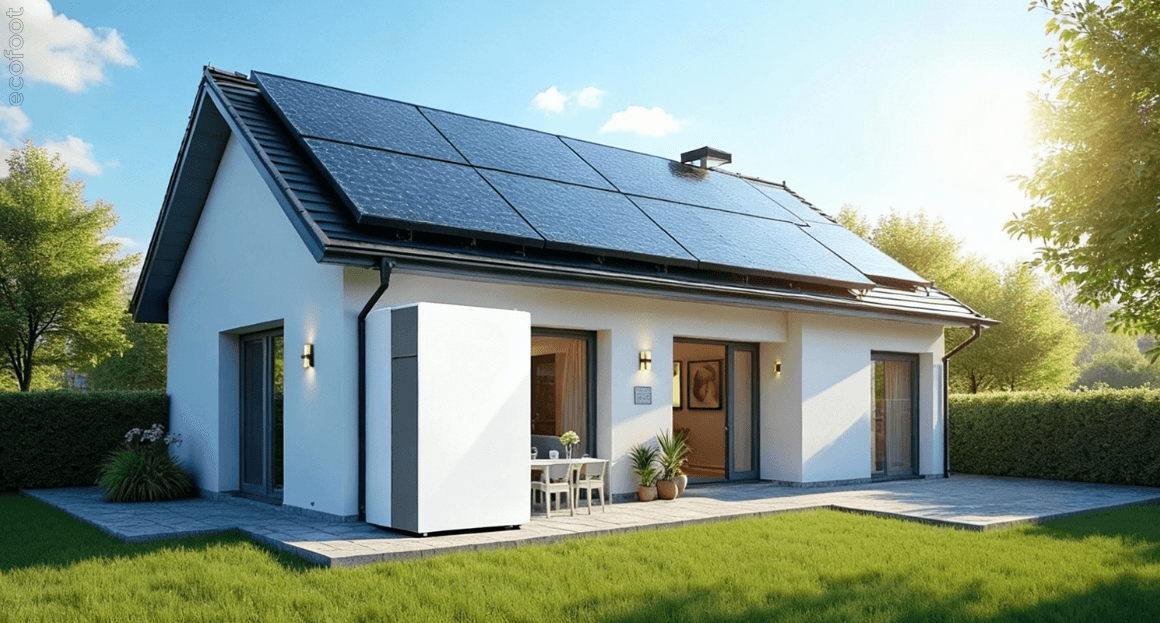
STCs are for solar panels and solar batteries when the battery is connected to a renewable energy generator (like rooftop solar).
The number of certificates for batteries is calculated based on the system’s usable capacity (measured in kWh).
From 1 January 2026, the STC rate for solar batteries will also decline —
- The current rate of 9.3 STCs per kWh of usable capacity will drop to 8.4 STCs per kWh.
- Only the first 50 kWh of usable capacity are eligible for STCs.
Therefore, if you’re installing a battery with 10 kWh of usable capacity, your rebate will be based on 84 STCs instead of 93, once the new deeming period takes effect.
While this change may sound small, it can result in hundreds of dollars less in rebates if you install after 2025.
The Cheaper Home Batteries Program
Many Victorians are combining the SRES rebate with the cheaper home batteries program offered under Solar Victoria. Batteries don’t create STCs, but they multiply the benefit of your solar array by storing energy for nighttime use.
That’s why battery-ready systems are taking off. When you install solar today, choosing a hybrid inverter and a battery with good usable capacity gives you flexibility: you can add storage later and still maximise your STCs now.
By pairing the federal SRES with the state battery rebate, homeowners can save over $4,000 on a renewable energy setup that delivers lower bills for 15 years or more.
The Victorian Energy Upgrades (VEU) Program — Now Including Commercial Solar
While STCs cover smaller residential systems, the VEU program is Victoria’s own energy-efficiency scheme, rewarding upgrades that cut greenhouse emissions. It’s best known for subsidising LED lighting and heat pumps, but as of September 2025, it now includes Commercial & Industrial Solar.
This expansion introduces a new government solar rebate for non-residential properties, providing businesses with a genuine financial incentive to invest in solar power.
The New Commercial & Industrial Solar Activity
The C&I solar activity is designed for system sizes between 30 kW and 200 kW — a sweet spot for small factories, offices, schools, retail hubs, and warehouses.
Eligible installations can claim Victorian Energy Efficiency Certificates (VEECs) similar to STCs but generated under the state program rather than the federal renewable energy scheme (SRES).
Each VEEC represents one tonne of carbon saved over the system’s lifetime. Depending on system capacity and carbon intensity, these certificates can be worth up to $35,000 in upfront discounts for a compliant solar installation.
Contact us, and we’ll inform you about the key eligibility points required to qualify under the VEU’s C&I Solar activity. The System capacity, Product standards, Warranty, etc.
Because the VEU creates VEECs instead of STCs, businesses can’t double-claim, but they can combine this with other incentives such as low-interest green loans or depreciation benefits.
“We’d Love To, But It’s Just Too Expensive”
When someone says “solar’s too expensive”, what they usually mean is:
- “I don’t know how much of the rebate applies to me.”
- “I can’t afford to pay everything upfront.”
- “I’m worried it’ll take years to pay off.”
Here’s what they don’t hear enough: the government already pays for a big part of your solar system.
Through the Small-scale Renewable Energy Scheme (SRES), every qualifying rooftop solar installation generates Small-scale Technology Certificates (STCs), essentially discount vouchers for clean energy.
We will assist you with the upgrade, and you will receive the rebate amount directly on your invoice.
For a 6.6 kW solar system in Melbourne, that’s often around $2,000–$2,500 instantly gone from your cost. Add in the Solar Victoria rebate, and you’re looking at up to $1,400 more in savings. That’s nearly half the cost of an average rooftop system, without loans or waiting periods.
And if you include the Cheaper Home Batteries Program, you can reduce the upfront cost of a battery installation by thousands. So the real question isn’t “Can I afford solar?” — it’s “Can I afford to keep paying my energy bills when I don’t have to?”
“But Batteries Are Still Pricey, Aren’t They?”
The cost of batteries has dropped dramatically, but what really changes the equation is how much they save you once they’re installed. Due to declining feed-in tariffs (those small 5–7¢/kWh export rates), exporting solar power is no longer profitable.
Self-consumption, using your own power at night or during peak tariff hours, is the right approach. That’s where the Cheaper Home Batteries Program and hybrid inverter setups shine.
A smart battery and inverter combo means you’re storing your own solar power, not selling it cheap and buying it back at a high cost. That single shift from “selling power” to “using power” can save hundreds off your quarterly bill.
And yes, the rebates still apply. Under the Small-scale Renewable Energy Scheme (SRES), your solar panels earn Small-scale Technology Certificates, and your battery can be supported by state and territory programs, such as Solar Victoria’s.
When combined, you’re looking at a system with high efficiency, strong usable capacity, and a payback period that’s shorter than most car loans.
“We’d Go Solar, But We Rent”
This one comes up in nearly every call:
“We don’t own the house. The landlord won’t go for it.”
Landlords are under the same cost pressures as tenants. Electricity rates have risen by more than 25% since 2022, and renters are increasingly looking for energy-efficient homes. Solar adds property value, makes listings more competitive, and can even reduce vacancy rates.
If you rent, bring your landlord the numbers: “The system costs X, rebates cover Y, and the property becomes Z more attractive.” You’d be surprised how many say yes once they realise the government solar rebate covers nearly half of it.
For landlords, the math works even better: under the Renewable Energy Scheme (SRES) and VEU, they may claim incentives for solar power or energy efficiency upgrades that enhance long-term property value.
The Untapped Business Opportunity
Now let’s talk business — literally.
If you own or lease a commercial property in Victoria, the changes in September 2025 will impact you.
The Victorian Energy Upgrades (VEU) program now officially includes commercial and industrial solar systems between 30 kW and 200 kW. That means:
Up to $35,000 in upfront incentives (through VEECs).
Eligibility for Clean Energy Council-approved products only (so you’re protected).
Seamless compliance through Eco Foot, who manage the certificates for you.
This is the government solar rebate that many business owners are unaware of.
And unlike traditional corporate grants, there’s no long wait time. Once your system is installed and verified, we will lodge the VEECs and pass on the rebate value.
For cafes, warehouses, aged-care facilities, or any property that runs during the day — that’s a direct path to lower bills and higher sustainability ratings.
Time Ticks
Every rebate in Australia comes with an expiry clock, and the deeming period for STCs is shrinking. Currently, in 2025, you can claim the full 5 years of STCs remaining under the Renewable Energy Scheme (SRES).
By 2026–27, that window narrows, meaning you’ll earn fewer certificates for the same system. Meanwhile, the VEU target for Victoria drops from 7.3 million to 4.4 million certificates in 2026. fewer incentives on the market, and potentially lower rebate values.
If you’ve been waiting for the “perfect time,” this is it.
Because when everyone rushes in after the changes, installers get booked out, and certificate values dip.
So, Where Do You Start?
Whether you own, rent, or manage a business property, here’s the path that works in 2025–26 Victoria:
- Get a site check— Find out if your roof (or body corporate) is suitable for solar hosting.
- Check rebate eligibility— See how much your government solar rebate covers through STCs or VEECs.
- Ask about batteries— The Cheaper Home Batteries Program makes storage more attainable.
- Contact Eco Foot—Victoria’s trusted energy retailers and installers.
- Run the numbers— Compare your energy bills vs. solar repayment over 3–5 years.
Most customers find the payback time is shorter than their phone plan.
Final Thought
Right now, Victoria’s combination of federal STCs, state rebates, and new commercial incentives makes it one of the best places in Australia to invest in solar.
Partner with us, and we ensure your installation meets every compliance rule, earns every possible government solar rebate, and delivers decades of reliable savings.
Now’s the moment to turn sunlight into certainty before those deeming years fade into history.
We understand that installing solar feels like a big decision. But for most Victorians, the hardest part isn’t technical or financial. It’s just getting started.
The government solar rebate is there to make that start easier to start. The rest — the panels, the battery, the paperwork, the compliance is what we handle as your trusted provider.
So when someone on the phone says,
“We’d love to go solar, but…”
We always reply,
“Let’s see what’s actually stopping you — because chances are, it’s already solved.”
FAQ’s
How much is the Australian government solar rebate?
The federal solar rebate (STCs) usually reduces the cost of a solar system by $2,000–$3,000, depending on your system size and installation year. Larger systems attract more certificates, but the rebate decreases annually as the deeming period shortens.
Is there a government rebate for solar batteries in Victoria?
Yes. Victoria offers battery support through programs like the Cheaper Home Batteries Program, while the federal scheme provides STCs for batteries based on their usable capacity. The rebate amount varies, but combined incentives can reduce battery costs by thousands.
How do I apply for a government solar rebate?
You don’t need to apply yourself. Eco Foot handles the STC creation, paperwork, and compliance for you.
Are government rebates available for solar hot water systems?
Yes. Solar hot water systems and heat pump water heaters are eligible for federal STCs, which help reduce upfront costs. In Victoria, certain systems may also be supported under the VEU program, making them cheaper to install.
Does the government offer rebates for new solar panel installations?
Yes. All eligible rooftop solar installations qualify for federal STCs, and Victorian homeowners may also be eligible for the Solar Victoria rebate. Together, these programs can cover 40–60% of the total system cost.
Other Related Blog
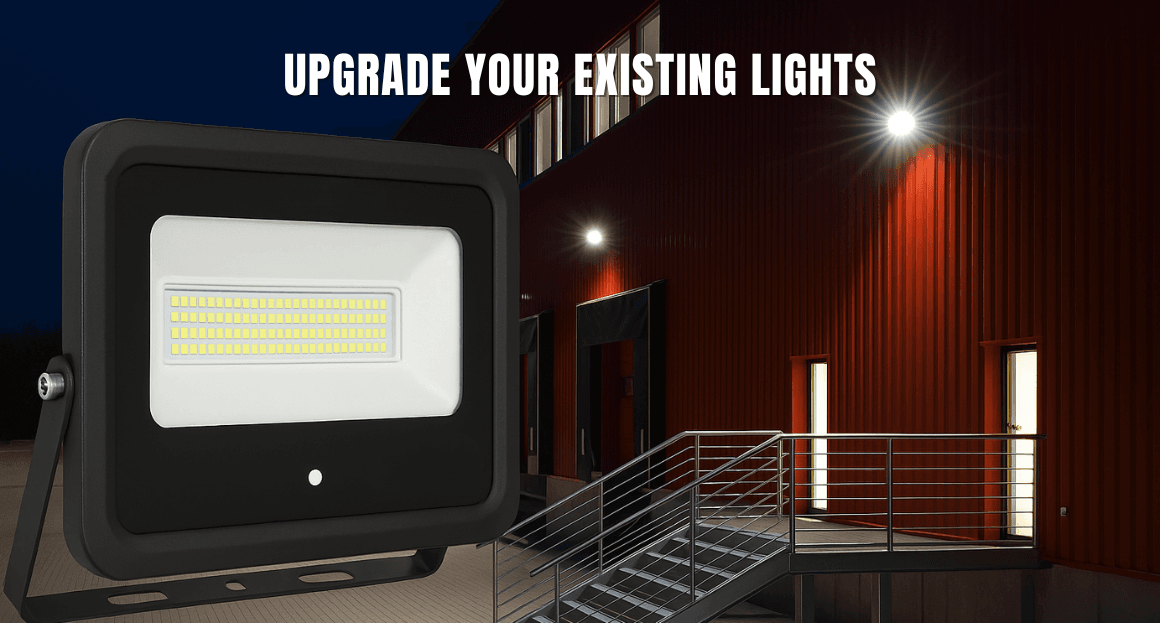
 Lighting
Lighting The lights stay on, work continues, customers still walk through your doors, but behind the scenes, your electricity bill climbs year by year, your carbon footp
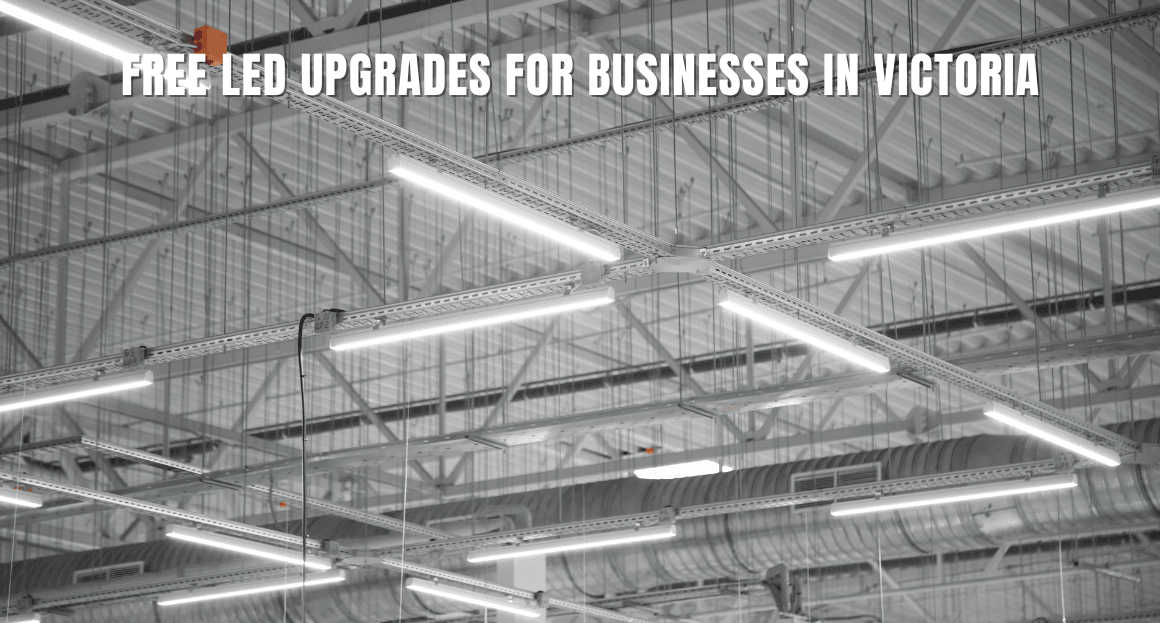
 Lighting
Lighting When it comes to upgrading your commercial lighting, finding a reliable and professional partner makes all the difference. At Eco Foot, we specialise in commerc

 Lighting
Lighting Go Greener at Work! Start with the lights — the simplest step toward cutting costs and carbon. For businesses in Victoria, an LED lighting upgrade offers a cl
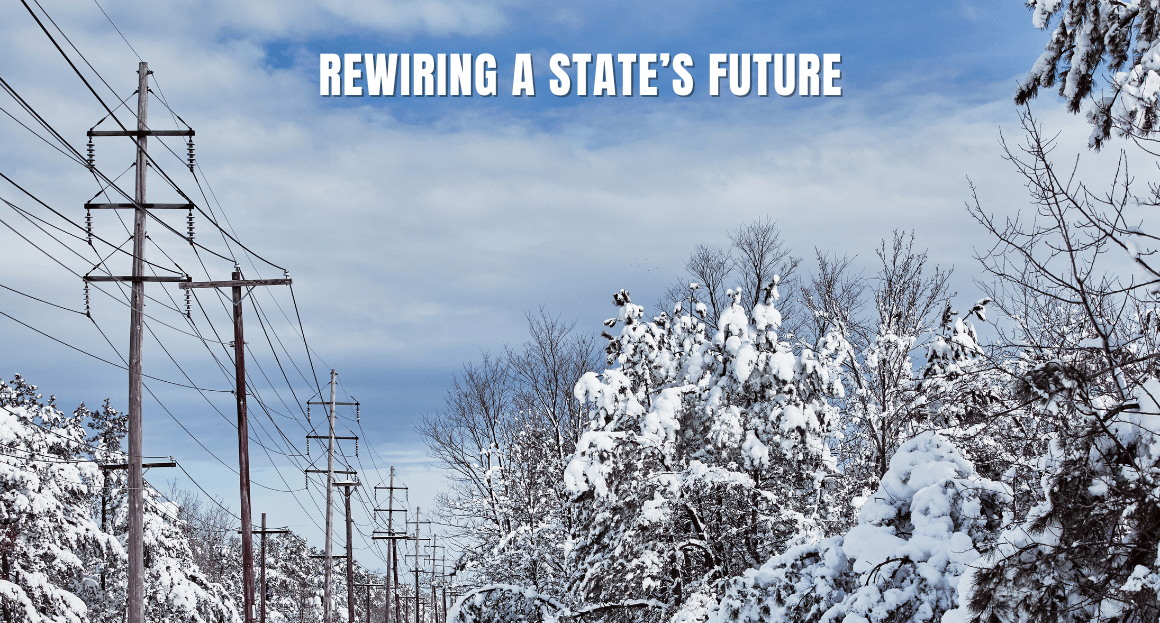
 VEU Updates
VEU Updates What can you do for Victoria? Simple: Upgrade old, inefficient systems in your home and business So what’s in it for you? Generous rebates that make
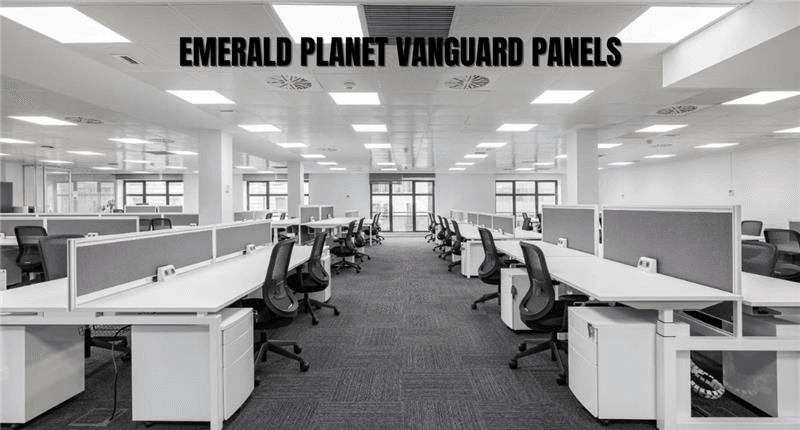
 Air Cons
Air Cons What if lighting didn’t just save you money… but actually earned it back for you? Welcome to the world of commercial LED lighting with rebates, and in parti

 Air Cons
Air Cons Having a good, comfortable house means having the right kind of heating and cooling system that works according to the weather. Cold winters, hot summers, and t




